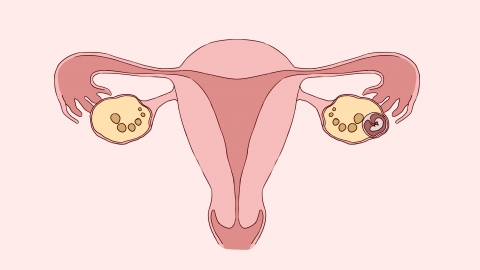Is it suitable for patients with hydrosalpinx to undergo in vitro fertilization (IVF)?
Generally, "test-tube baby" refers to in vitro fertilization and embryo transfer (IVF-ET). Whether patients with hydrosalpinx are suitable candidates for IVF-ET depends on the specific circumstances. If the hydrosalpinx is mild, IVF-ET is usually feasible; however, if the hydrosalpinx is severe, IVF-ET is generally not recommended. The detailed explanation is as follows:

IVF-ET is an assisted reproductive technology that involves combining sperm and eggs in vitro to form embryos, which are then transferred into the mother's uterus for further development, helping couples who have difficulty conceiving naturally to achieve pregnancy. If the hydrosalpinx is mild with minimal fluid accumulation, patients may consider undergoing IVF-ET. However, prior to the procedure, doctors usually evaluate the extent of the hydrosalpinx and may recommend treating the fluid accumulation first to improve success rates.
If the hydrosalpinx is severe, IVF-ET is generally not advisable. This is because inflammatory fluid from the affected fallopian tube may flow back into the uterine cavity, flushing away the embryos and reducing the chances of successful embryo implantation. Additionally, harmful cytokines present in the inflammatory fluid may negatively affect the endometrium, making it difficult for embryos to implant. Moreover, the inflammatory fluid may also impact the quality of the oocytes or embryos, exerting toxic effects on the embryos and further reducing the likelihood of successful conception.
Prior to deciding on IVF-ET, patients should have thorough discussions with their doctors, understand their individual conditions, and follow medical evaluations and recommendations. At the same time, patients should maintain a positive mindset and healthy lifestyle habits, and actively cooperate with the treatment plan proposed by their doctors in order to increase the success rate of IVF-ET.





